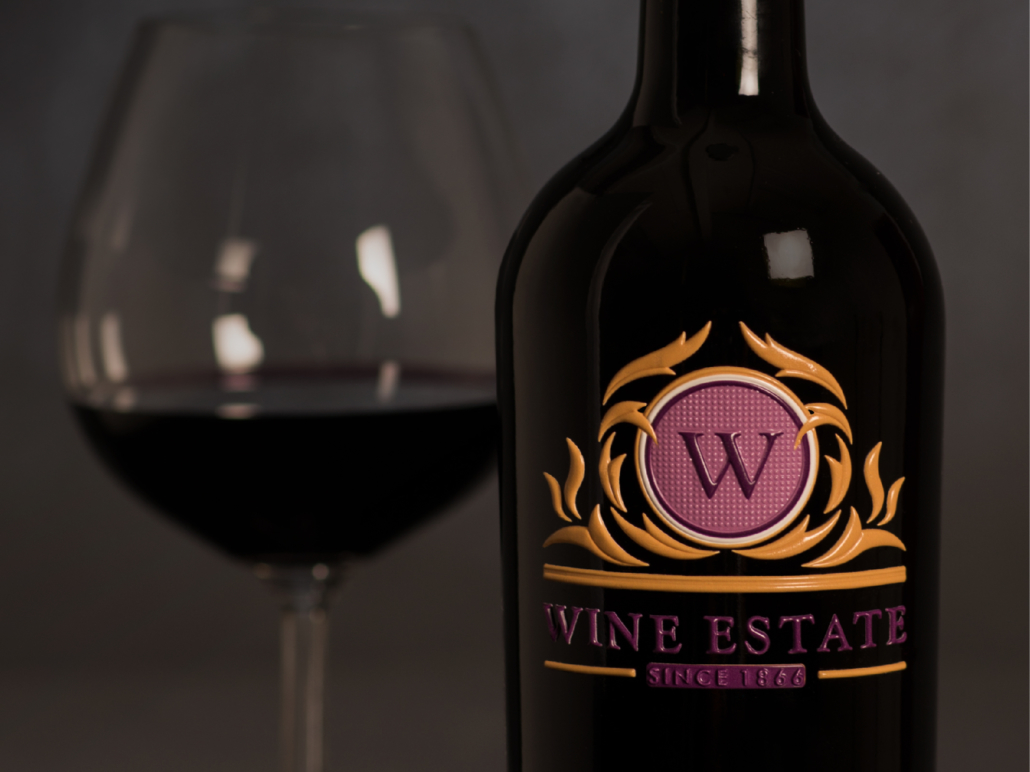- 1-800-766-0448
- Log In
Although wine has been around for centuries, only in the last decade has it become a growing industry. It seems easier than ever to bring a wine to market. However, the smallest details make the biggest difference. And one area that can further cement their influence is an unforgettable wine bottle label.
Wine doesn’t just pair well with a great meal; it’s also paired with profitability. However, the competition in the wine market is fierce. So differentiating your brand is even more important. Stroll down the aisle of a local liquor store and you will likely find stoic, classic labels next to avant-garde designs.
Why does the label matter? To understand the need for an eye-catching label, it’s important to understand the wine industry. Nearly 718 million bottles of wine were filled in 2017 alone. The wine market in the United States is valued at $63 billion dollars and has grown steadily over the last 25 years.
Wine label appeal certainly matters, but price point can also mitigate the importance of the label. According to James Harder, co-founder for Tank Garage Winery in California’s Napa Valley, “People buy with their eyes. When I see something — I don’t care if it’s a new car or what — if the design is beautiful, I want one. I don’t care what’s under the hood. You’re captured with that first moment.”
Dave Schuemann, Owner and Creative Director at CF Napa, describes his work with various vineyards including Jordan Vineyard and Kendall-Jackson, and how he creates labels.
Schuemann explains that high-end wines “tend to be more conservative, in general. That price point is a place you don’t need to be as reassuring to the consumer. … [For $20 bottles] there has been a strong trend toward developing lifestyle brands, something that has its own personality, and it tries to own that. It’s less about the winemaker and more about an attitude.” He punctuated the last point by citing the Menage a Trois brand of wine. The feisty label lacks details about the wine’s sourcing but loaded with lifestyle language appealing to younger audiences.

Wineries use data to design their labels. According to an industry survey, women prefer eye-catching, colorful labels whereas men appreciate more stoic bottles. It’s clear that a proper label is imperative for growing sales, profits, and ensuring the overall success of any winery. Wine labels also help differentiate your brand from others, especially if your wine is priced closer to the $20 per bottle mark than $100 per bottle.
There are several ways to make your labels stand out. One such option we haven’t yet explored is 3D wine labels. Here are some ways 3D wine labels give your wine that something extra.
Having the right wine label attracts the right customers, increases sales, and boosts profits. Set your wine apart from other brands on the shelves by leveraging FlexStyle.